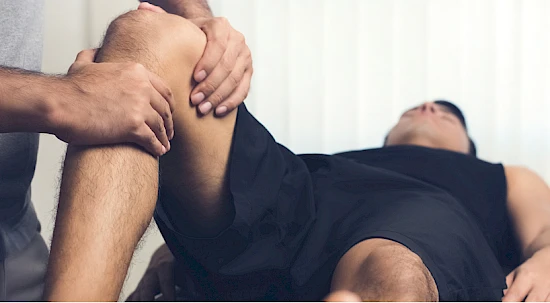The swelling may increase over the next few days and extend to the whole leg. It usually subsides within 2-3 weeks. The swelling can restrict mobility in the joint.
- Cool the affected area.
- Continue to move and do the exercises you have been given by your physiotherapist.
- Raise your legs regularly

















